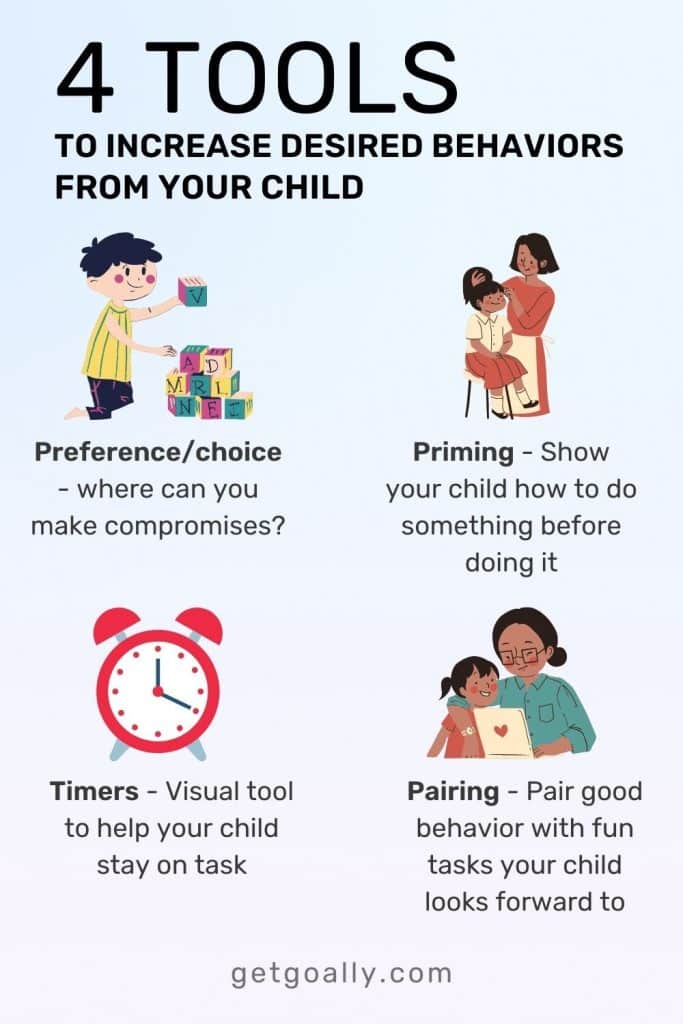As a parent, supporting your child’s development can be challenging, especially regarding behavior management. Children are learning to navigate the world, and their behavior can be unpredictable. However, using a student behavior chart can be a helpful tool in supporting your child’s growth and development. This article will talk about the benefits of using this chart, how it can help children, and its usage. Download your free printable student behavior charts below!
Table of Contents
Benefits of Student Behavior Chart
A student behavior chart visually represents a child’s behavior over time. The chart typically includes specific behaviors that are being monitored and a system for rewarding or reinforcing positive behavior. Some benefits of using a student behavior chart include the following:
- Encourages Positive Behavior: A behavior chart motivates children to exhibit positive behavior for their good deeds.
- Builds Self-Esteem: Children feel good about themselves and gain a sense of accomplishment by receiving praise for their positive behavior.
- Teaches Responsibility: A behavior chart teaches achildren to take responsibility for their actions and recognize their behavior’s consequences.
- Provides Consistency: A behavior chart offers a consistent approach to managing behavior. This can be helpful for children who thrive on routine and structure.
How Student Behavior Chart Can Help Children
A student behavior chart can help children in many ways. For instance:
- Focus on the Positive: A behavior chart helps children focus on the positive aspects of their behavior rather than the negative ones.
- Encourages Self-Reflection: A behavior chart encourages children to reflect on their behavior, which helps them understand why certain behaviors are rewarded, and others are not.
- Develops Social Skills: A behavior chart can help children develop social skills, such as sharing, taking turns, and following rules.
- Supports Emotional Regulation: A behavior chart can also help children regulate their emotions as they learn how to manage their behavior and recognize the consequences of their actions.
Using Student Behavior Charts in the Real World

Here are some ways in which someone might use a student behavior chart in the real world:
- At Home: Parents can use a behavior chart to monitor and encourage positive behavior in their children. For example, parents might track behaviors such as completing homework, cleaning their room, or helping with chores.
- In the Classroom: Teachers can use behavior charts to monitor and reinforce positive behavior. For example, a teacher might track behaviors such as paying attention in class, completing assignments, or being kind to others.
- In Therapy: Therapists might use behavior charts to help children with specific behavioral or emotional issues, such as anxiety or ADHD.
- In Sports: Coaches might use behavior charts to track and reward positive behavior in young athletes, such as showing good sportsmanship or working hard during practice.
Conclusion
In conclusion, a student behavior chart can be a helpful tool in supporting your child’s growth and development. By encouraging positive behavior, building self-esteem, teaching responsibility, and providing consistency, a behavior chart can help your child develop social skills, regulate their emotions, and become more self-aware. Whether you’re a parent, a teacher, or a coach, using a behavior chart can help you monitor and encourage positive behavior in children.

Goally
We help parents teach their kids life skills, like doing bedtime and morning independently. Backed by science, we incorporate evidence-based practices and expert-informed designs in all of our apps and content.






